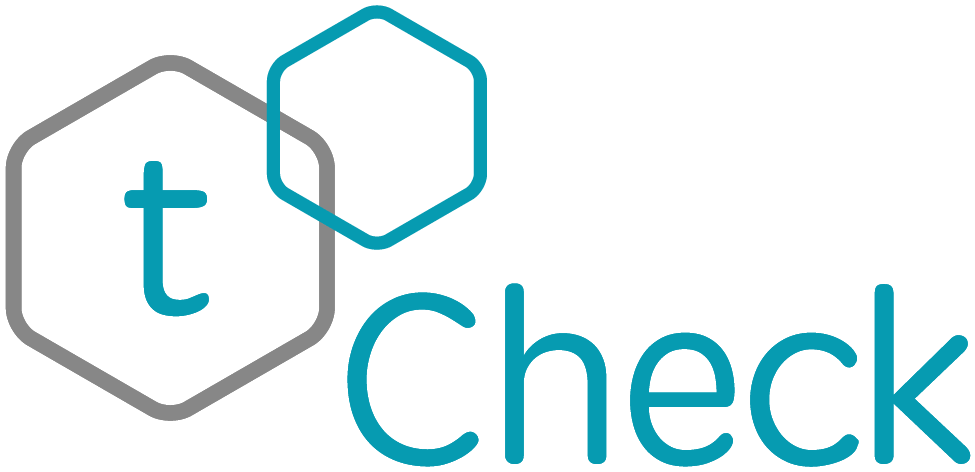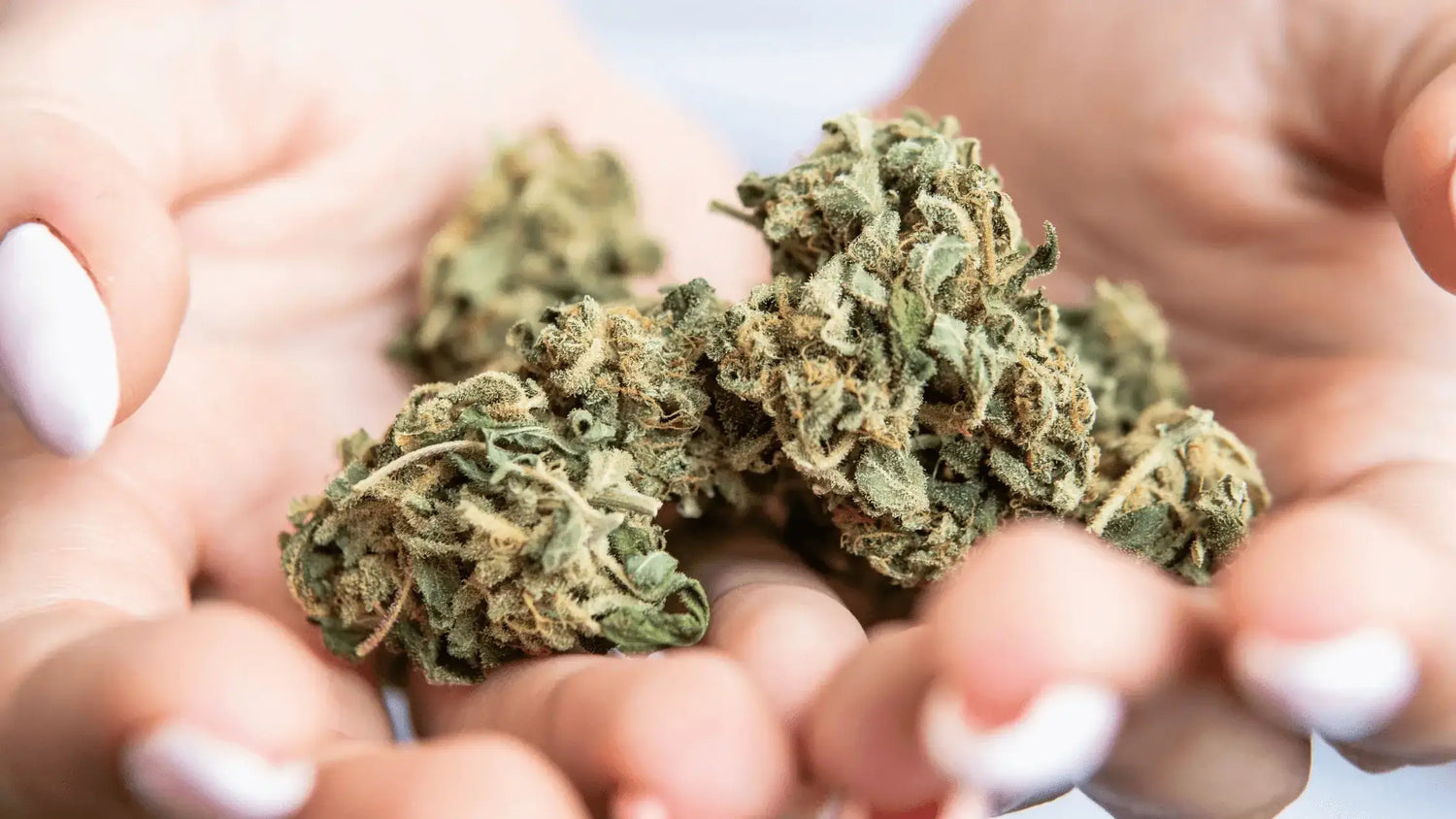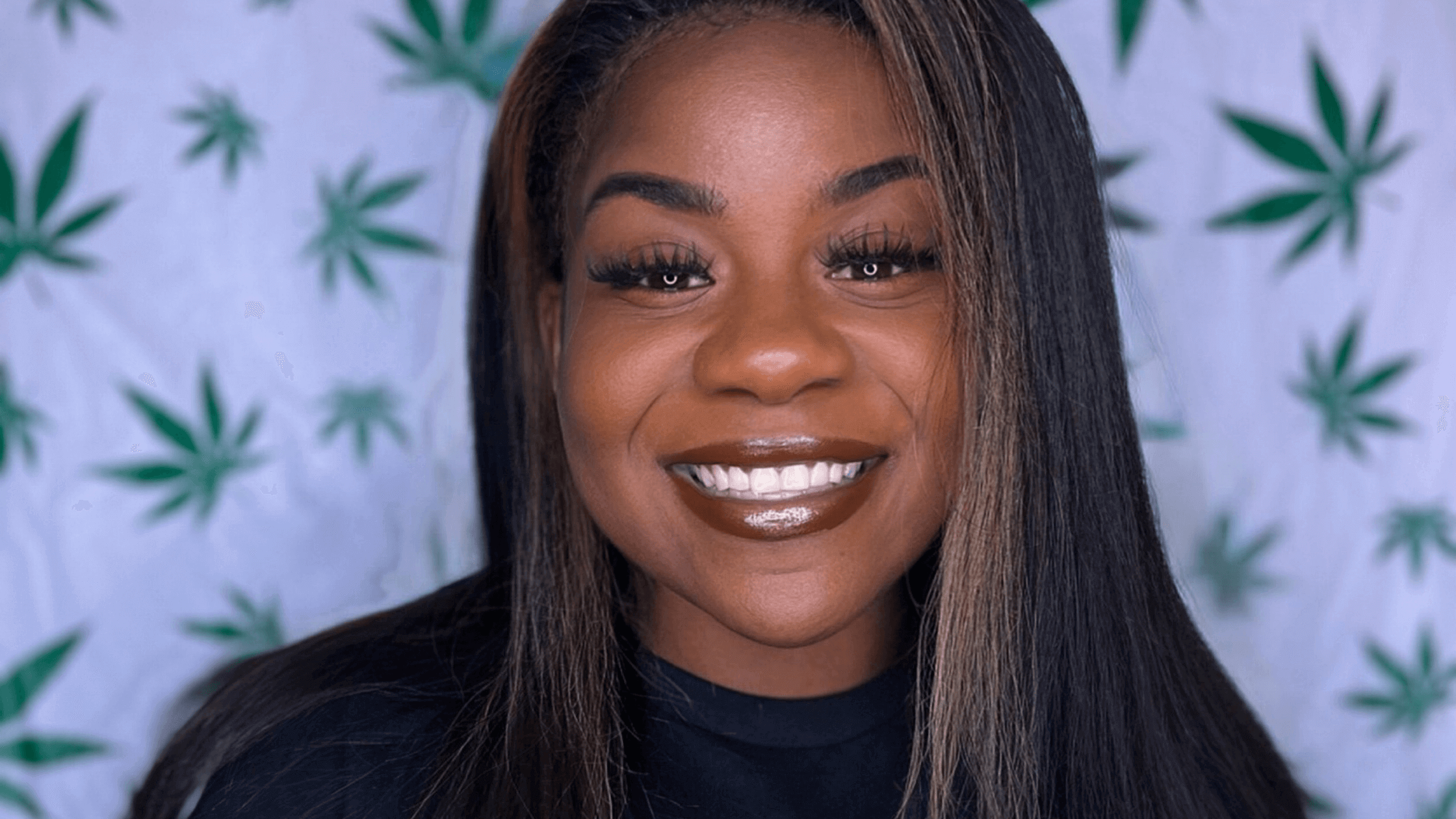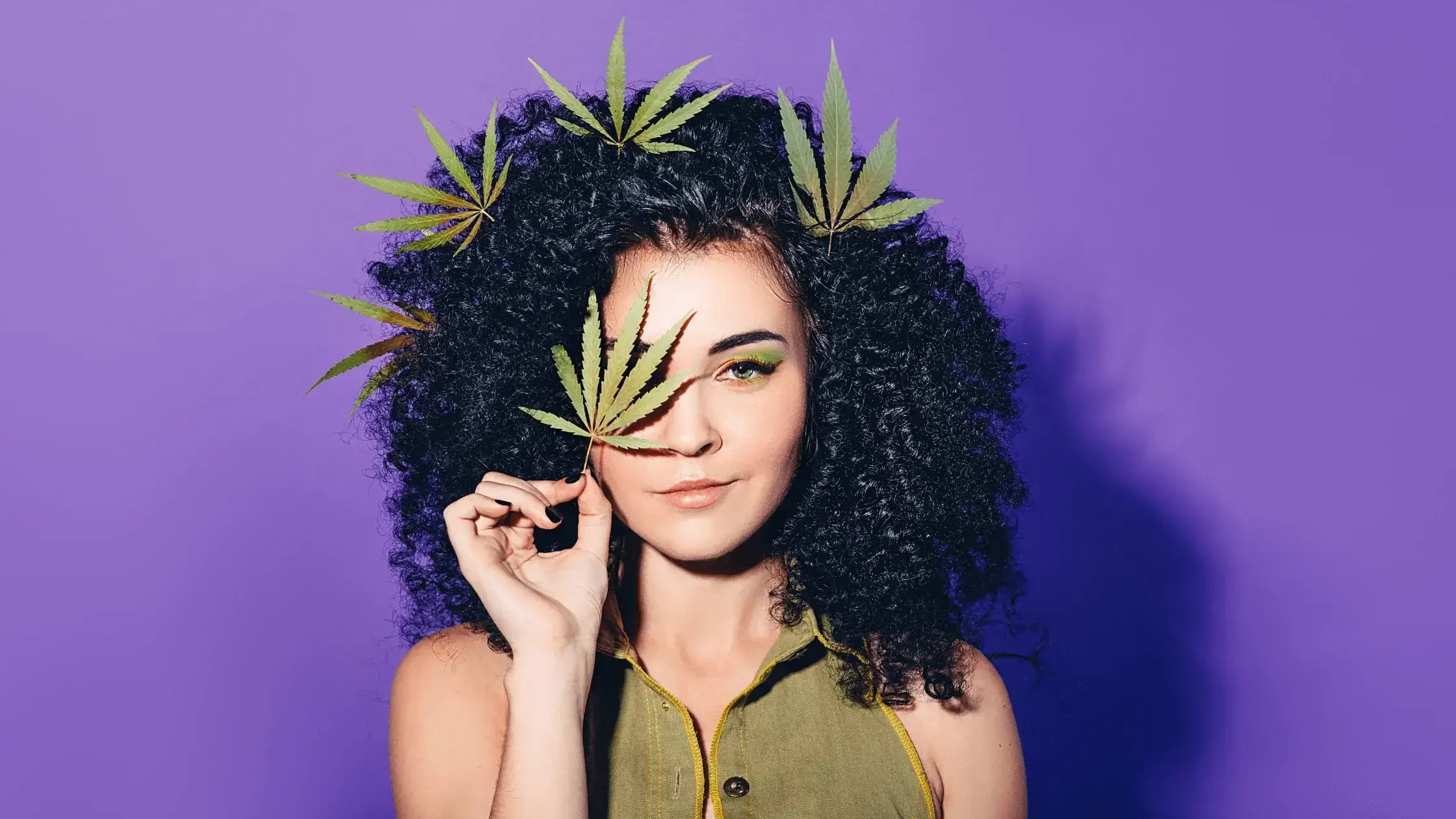Shopping for a suitable sesh? Here are some of the best tips for new tokers.
Cannabis is more complex than most people realize. If you're new to the legal weed scene, you may not know that thousands of unique marijuana cultivars are available at dispensaries. Although every cannabis strain belongs to the same family, many distinctions influence each flower's effects and flavors.
If new tokers blindly choose the first bud they notice, they could have a negative first experience. For instance, if you want to "chillax" with cannabis, using a strain known for energizing effects wouldn't be appropriate. Conversely, those who wish to use cannabis for a "pre-workout pump" won't experience great results with a sedating couchlock strain.
Thankfully, as the stigma surrounding marijuana decreases, it's getting easier to find reliable information on various strains. If you're overwhelmed by the choices in the current cannabis market, there are a few guidelines you could use to pick the right strain for your next sesh.
Beginner-Friendly Tips For Choosing A Great Cannabis Strain
The Sativa vs. Indica Debate Explained
Whenever people talk about picking the best cannabis strain, it's essential to touch on the "indica vs. sativa" distinction. Although many modern scientists are skeptical about splitting cannabis into these categories, there's no denying the influence of the "indica vs. sativa" classification system. Plus, plenty of cannabis smokers believe a strain's indica-to-sativa ratio influences its effects.
What do the terms "indica" and "sativa" stand for? In brief, these words refer to the two largest botanical subspecies in the Cannabis genus.
Early botanists noticed that cannabis strains in different regions had unique characteristics and growth patterns. Many strains that evolved in India were shorter and had larger fan leaves than those in more subtropical areas like Southeast Asia. Hence, the shrub-like varieties in India were named "indica," while the cannabis strains in more tropical regions kept the title "sativa."
Even though botanists first used these terms to distinguish growing patterns between cannabis strains, they have become associated with unique physiological effects. Throughout the 20th century, strains that had mainly indica genetics became linked with the lazy "couchlock" high, while those in the sativa family entered the "wake & bake" category.
Again, there's a massive debate over whether indicas or sativas have inherent properties that influence a strain's standard effects. Most scientific research suggests you can't 100 percent determine how a strain will affect you just by using the indica vs. sativa model. Plus, since many of today's strains are at least partly hybridized, there's a good chance you won't be using a "pure" sativa or indica strain.
All that being said, most cannabis customers still use the indica vs. sativa system to get a general preview of a strain's effects. People who are more interested in relaxing and sedating sessions should gravitate towards indica dominant strains. Those more interested in a "head buzz" euphoria should probably stick with sativas.
Just keep in mind that many sativa strains tend to have higher THC concentrations; hence, they're usually better suited for more advanced tokers. Always use a reputable device like the tCheck scanner to get a clear read on how intense your sativa or indica hybrid is.
Different Strains Tackle Different Symptoms
As hinted above, each cannabis strain offers users a unique experience. Some cannabis hybrids are associated with deep relaxation and sedation, while others may make people feel chatty, giggly, and energetic.
So, before you start shopping for cannabis strains, you need to figure out why you're taking weed. Are you using cannabis to help wind down at the end of the day, or do you want to use your cannabis strain to eliminate chronic fatigue? Would you like your cannabis to help boost productivity during the day, or will you only use this herb to connect with friends?
Knowing why you want to use weed can help you narrow down your cannabis search. As you start Googling popular cannabis strains and marijuana forums, you'll see that many hybrids are associated with different symptoms. Please consider all of this information when choosing a cannabis strain for your needs.
Always Check Cannabinoid & Terpene Percentages
The only objective way to figure out how a cannabis strain will affect you is to research reputable third-party lab results. No two cannabis strains are identical, so you'll have to get in the habit of reading these reports. Better yet, you could use a portable device like the tCheck scanner to get a fast & accurate read on your cannabis flowers.
Please remember that delta-9 THC is the most psychoactive cannabinoid in marijuana plants. So, strains that have higher amounts of THC are better suited for those who already have a THC tolerance.
If you're starting out with marijuana, you may want to focus on strains with higher-than-average traces of the non-psychoactive cannabinoid CBD. Multiple studies suggest CBD helps block THC's full intensity, which should reduce the risk of experiencing adverse reactions like paranoia. As you gain more experience with strains with a 1:1 ratio of CBD-to-THC, you could gradually reduce the CBD percentage to safely experiment with marijuana's psychoactive traits.
Also, please remember that terpenes can play a significant role in how a strain affects you. Besides giving cannabis flowers their unique flavors, many terpenes have unique physiological properties. For instance, studies suggest that beta-caryophyllene has a profound influence on anxiety. Some trials suggest the terpenes myrcene and linalool have sedative properties.
Are Autoflower Strains Even Worth Consideration?
Lastly, it's worth mentioning that some cannabis flowers are listed as "autos" or "autoflowers." This term refers to cannabis hybrids that have traces of the interesting "ruderalis" subspecies.
Unlike indicas and sativas, cannabis ruderalis plants can transition from vegetation to flowering "automatically" (i.e., they don't rely on a shift in average daylight hours to reach their final stage). Many cultivators mix ruderalis with their favorite sativa or indica strains to take advantage of this "autoflowering" feature.
Just keep in mind that most autoflower strains have lower total cannabinoid concentrations versus high-quality photoperiod plants. That's not to say autos are always weaker than standard cannabis strains, but it's typically more difficult for cultivators to achieve massive CBD or THC concentrations with autos.
You should always scan your cannabis flowers with a device like the tCheck scanner to figure out how potent your flowers are.
Use A tCheck Scanner For The Most Detailed Strain Information
We can't overemphasize the significance of using a tool like the tCheck scanner when choosing your first cannabis strain. Even though most cannabis hybrids have "standard effects," you won't know how potent a strain is without objective cannabinoid and terpene percentages. Plus, since the cannabis industry isn't federally regulated, customers need to take quality control into their own hands.






